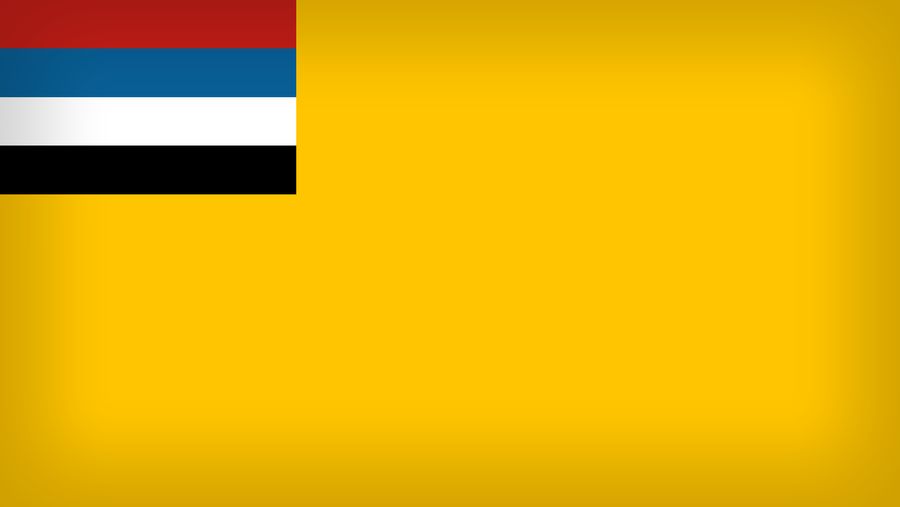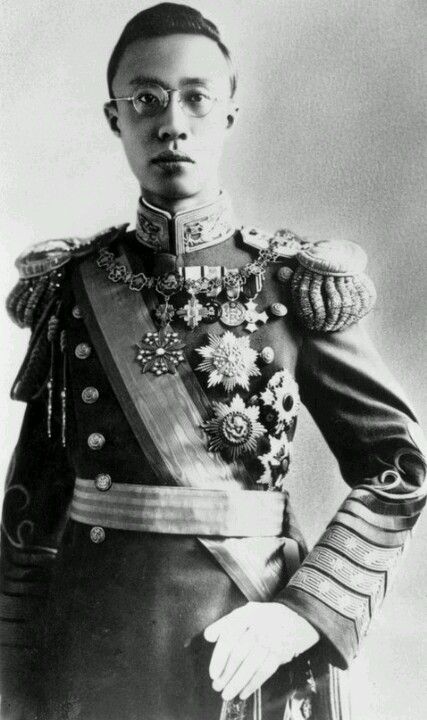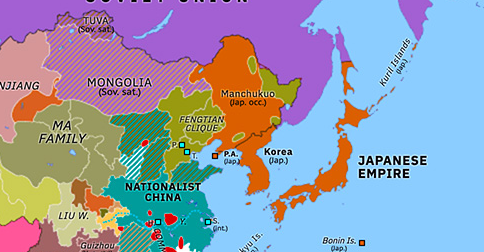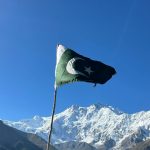Manchukuo is one of the most interesting former countries on earth. At Young Pioneer Tours we do like our unrecognised and former countries, and we indeed visit many of them. There is one sorta-country that we’ve regrettably neglected until now: the Japanese puppet state of Manchukuo.
Manchukuo was founded by the Empire of Japan after the invasion of Manchuria in 1932. Initially known as the State of Manchuria, Initially the last Emperor of China was “invited” to become Head of State of the country, but there were bigger plans in the offering from the Japanese.
The region adopted the more grandiose title of “Empire of Manchuria” from 1934-1945. From here Pu Yi was declared the Kangde Emperor under extremely intense Japanese influence.

Manchukuo was officially set up as a homeland for the Manchu people. The last Empire of China, the Qing had originally been Manchu invaders. Over the years though they had gradually assimilated with the Han.
By the time this homeland was set up there really wasnt much of a Manchu nation left, with the area being dominated by White Russians, Koreans and Han Chinese. Their ethnicity and the willingness of Pu Yi did though give the Japanese a great excuse to remove an economically strategic area from China and refocus it to the Japanese war effort.
Politics of Manchukuo

China’s last emperor, Puyi, had previously ruled China from the age of 2 before being deposed by a warlord who captured Beijing. Desperate for friends, Puyi turned to the Japanese, who eventually spirited him away to Manchuria and installed him as the puppet emperor of Manchukuo.
The Prime Minister of Manchukuo was also appointed by the Japanese, leading to many accusations that the country was a puppet state. Would a Japanese puppet state have been recognised by Nazi Germany, Fascist Italy and for some reason Costa Rica?
Was Manchukuo represented on the international stage?
As mentioned they were far from unrecognized. In total 19 countries recognized Manchukuo. The Soviet Union gave dejure recognition, but also clearly stated it did not “really” recognize them. Which would prove handy when they invaded Manchuria.
The league of Nations the forerunner to the UN were adamantly against the state. This would lead to Japan leaving the League and pretty much its ultimate failure.
Did they have a football team though?
OK, we were just teasing before, we know what you are after. The Manchukuo National Football Team -滿洲國國家足球隊 represented the nation in international football. They played 8 games in total, mostly losing. The high point was a win against the Republic of China and a draw against the Philippines.
They were even less successful at the Olympics. In 1932 they were due to take part, but their sole representative switched to China at the last minute. Take that puppet state! The 1936 games would have been the perfect Olympic for Manchukuo, but even Hitler could not overrule the Olympic Committee and they were not allowed to take part in the games. Finally they were due to take part in the 1940 games in Helsinki, but alas World War 2 had begun and the Olympics were not to take place. Manchukuo as a sporting entity were no more.
How did it all end?
As soon as all out war began any pretense of any independent Manchukuo also came to an end, with it becoming of key strategic importance to the Japanese war effort. By the time the USSR entered the war against the Empire of Japan the writing was on the wall for Manchukuo.
After the Japanese surrender in World War 2 the People’s Liberation Army (PLA) moved in. The area was thus a bastion for communist forces, with many former Imperial troops fighting for the communists against the Kumondang. Since then it has been an integral part of the People’s Republic of China.
Unit 731
Under the cruel Japanese control; horrors of Unit 731 started to emerge to the world. Just outside of Harbin in Heilongjiang province, a Japanese covert biological and chemical warfare research and development facility were conducting inhumane experiments on over 10,000 Chinese, Soviet, Korean, and Mongolian civilians as well as Allied prisoners of war. The museum recently built on the former facility grounds shows exhibits and records of what the Japanese did and tried to hide come the fall of World War II and the outcome of the Americans wanting to downplay the war crimes as communist propaganda.
As for the Manchu? Whilst few in number they are recognized as one of the 56 nationalities of China. Of late there has been a resurgence in people wanting to learn the Manchu language and trying to explore their Manchu origins.
What area did Manchukuo cover?

Most of northeast China, parts of Inner Mongolia, and cities such as Harbin, Shenyang and Dandong. If Manchuria was its own country, it would be a bloody huge one.
Is there much left to see of Manchukuo?
Your best bet to see remnants of Imperial Manchukuo is to go to Changchun, where Puyi spent the lion’s share of his time as puppet emperor. Here you can see the ‘Eight Departments of Manchukuo’ – a collection of buildings that were used to administrate the puppet empire. You can also see the Imperial Palace of, where Puyi lived/was held de facto prisoner, at least according to him.
On our Borderlands trip we see the last place that Pu Yi lived before the Russians got him. Considering the historical importance it is a very interesting, but altogether rather underwhelming place.
As for Puyi himself: he ended his days in ignominy, sweeping streets in Beijing and trying to learnt to brush his teeth and tie his shoelaces for himself. He eventually married one last time, but as a commoner in a newly formed nation.
Can you visit Manchukuo today?
According to the YPT rules of country collecting you can indeed visit here, but to qualify you will need to cover all the provinces in which it formerly stood. And of course YPT visit there too, which you can read about below.





